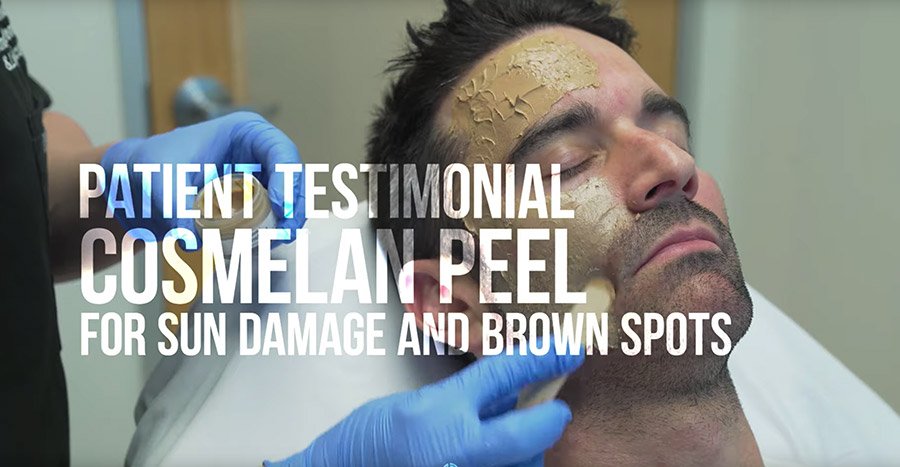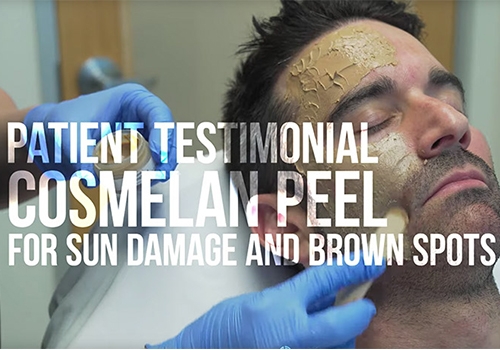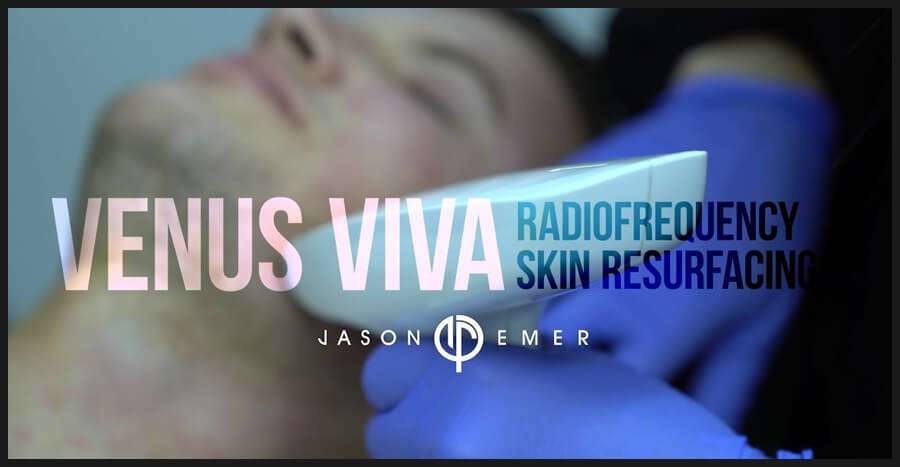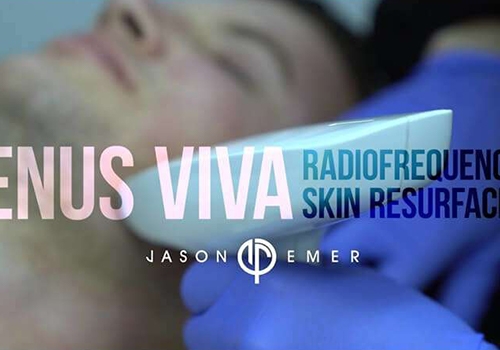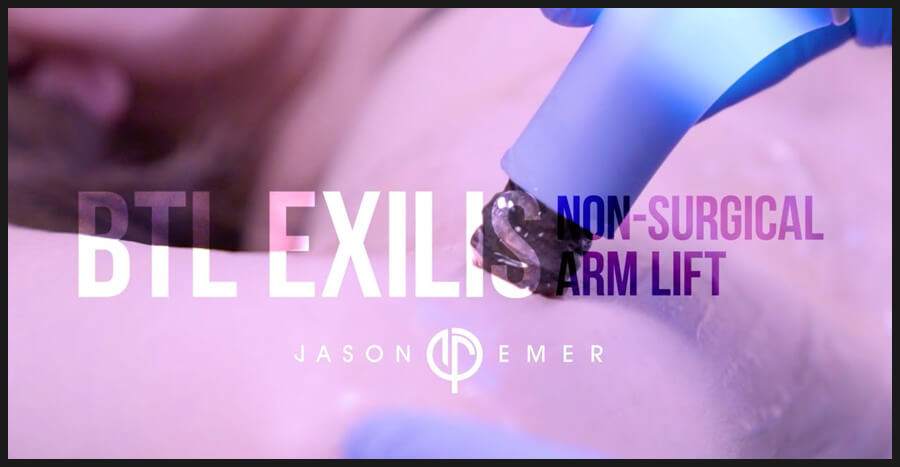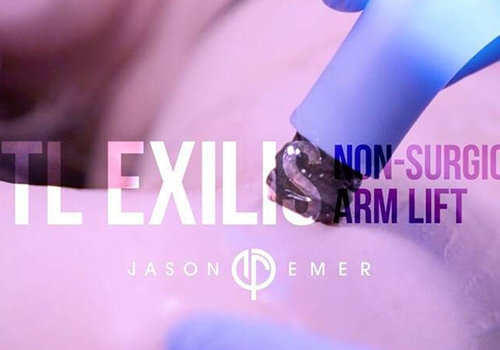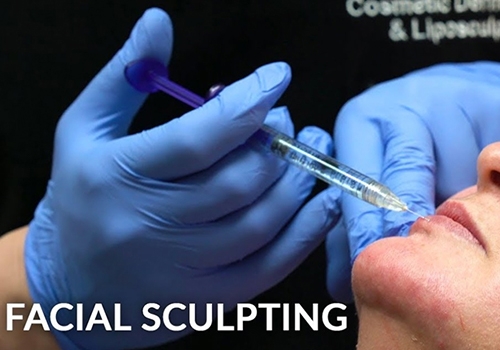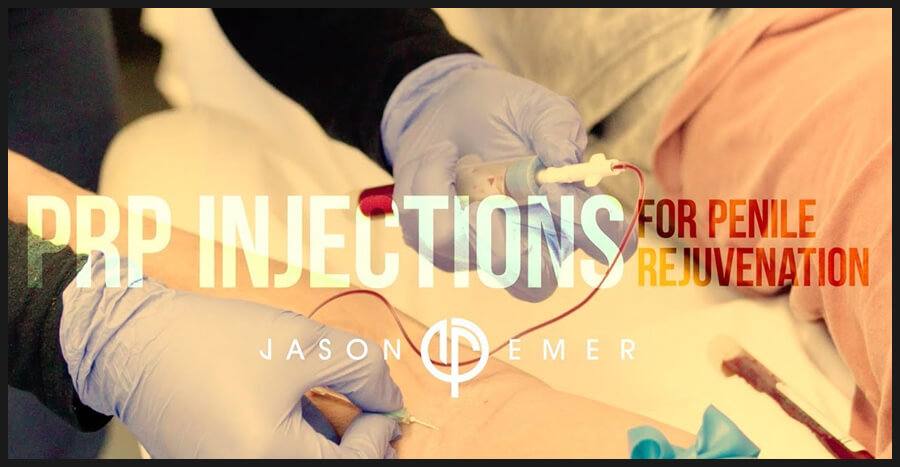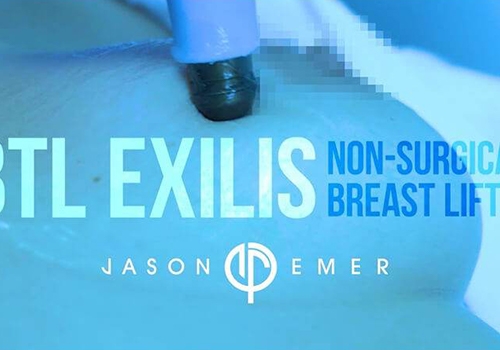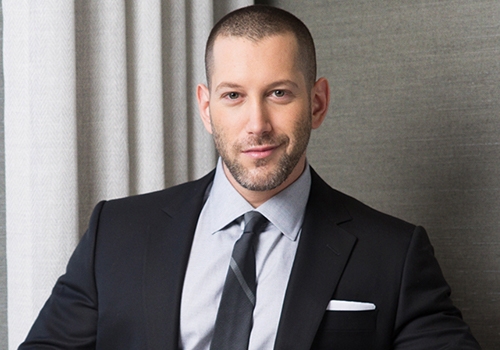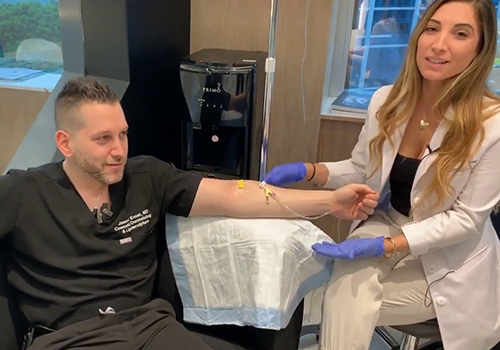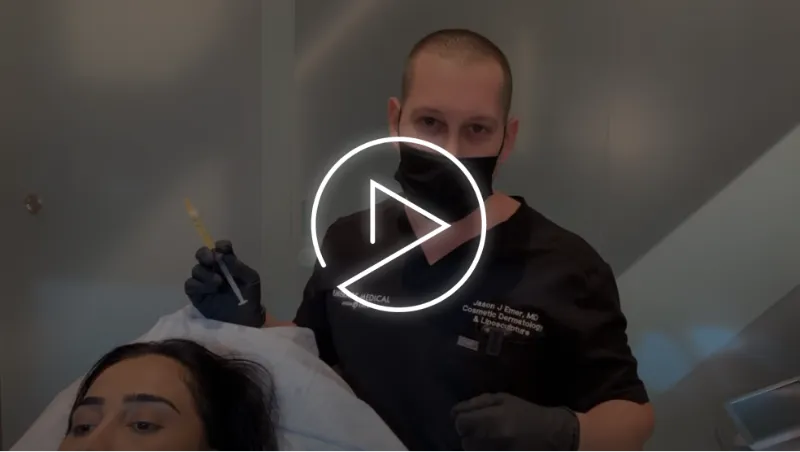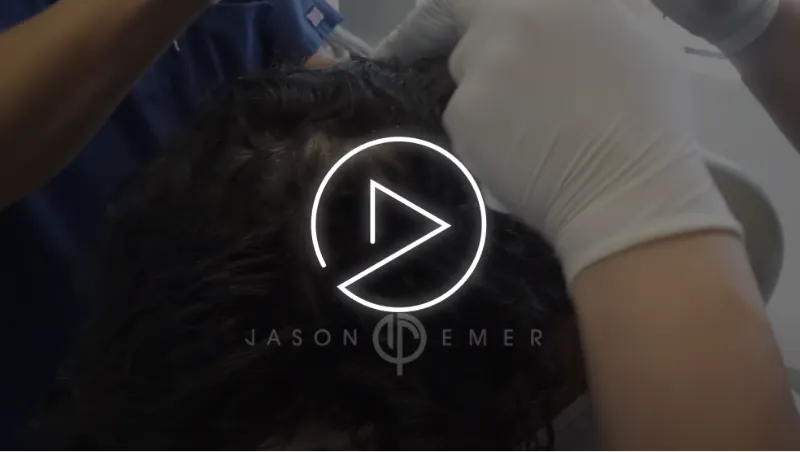HAIR RESTORATION
Conveniently located to serve Beverly Hills, Hollywood, Los Angeles, NYC, and Miami.
WHAT IS HAIR RESTORATION?
Hair restoration treatments are intended to address hair loss and thinning hair. Dr. Emer employs regenerative therapies to slow, prevent, and reverse the progression of hair loss.
In order to grow hair, the body requires an adequate supply of necessary proteins, proper blood circulation to supply follicles with nutrients, healthy oil production to lubricate hair to prevent breakage due to brittleness, and growth factors to initiate hair production. Dr. Emer’s hair restoration treatments are designed to address all of these facets of hair growth.
RIGHT FOR YOU?
AM I A CANDIDATE FOR REGENERATIVE HAIR RESTORATION THERAPY?
If you have noticed unwanted changes in hair thickness, density, and/or coverage, schedule a consultation with Dr. Emer right away, so he can assess your candidacy for hair restoration. Early intervention is an incredible advantage when it comes to slowing and stopping hair loss to resolve concerns like:
Widening part
Receding hairline
Balding on the top of the head
General and even thinning across the scalp
Patchy hair loss characterized by circular bald spots
WHAT CAUSES HAIR LOSS?
GENETICS
STRESS
MEDICATIONS
HORMONE IMBALANCE
AGE
VITAMIN AND MINERAL DEFICIENCY
AUTOIMMUNE DISORDER (ALOPECIA AREATA)
MEDICAL CONDITIONS
RIGHT FOR YOU?
PLATELET-RICH-PLASMA (PRP) FOR HAIR LOSS
PRP is created by drawing blood from a patient and then processing the blood in a centrifuge to isolate platelets and plasma from red blood cells and other components of the blood. For hair restoration, Dr. Emer injects PRP into the patient’s scalp.
The platelets in our blood are fundamental to our body’s ability to repair itself after injury, ward off inflammation, and generate new cells. Because the growth factors in PRP are so integral to our cellular renewal and regeneration processes, applications for PRP are many and varied.
In addition to using PRP for hair restoration, Dr. Emer capitalizes on this “liquid gold” to enhance in-office skin rejuvenation treatments like laser skin resurfacing and microneedling by supporting collagen formation and reducing recovery times. He also adds PRP to the fat injections he creates for fat transfer procedures.
When PRP is injected into the scalp, resulting improvements in blood circulation and hair follicle function can restore healthy hair growth, filling in areas that had thinned and preventing bald spots. PRP acts as a fertilizer, supplying the essentials of hair growth in abundance, so follicles can produce thicker, stronger hair.
Dr. Emer often enriches PRP with additional ingredients to maximize results. For instance, he frequently combines PRP with stem cells from bone marrow and/or pig bladder (ACell), and exosomes. For women, Dr. Emer may combine PRP with progesterone, a female hormone that can prevent hair loss related to other internal hormones. For patients with alopecia areata, PRP can be combined with stem cells and steroids.
EXOSOMES FOR HAIR RESTORATION
Exosomes are miniscule sacs that resemble bubbles, which are released into the bloodstream by our cells. They carry and deliver proteins and genetic information (DNA and RNA) to cells throughout the body.
Exosomes derived from stem cells have shown to pack a particularly powerful regenerative punch. When exosomes are mixed with PRP, a significantly larger amount of growth factors are delivered, promoting faster repair and helping to reduce inflammation.
HORMONE OPTIMIZATION FOR HAIR LOSS AND THINNING HAIR
Hormone optimization is an internal approach to hair restoration that is often necessary to reverse hair loss in men and women related to aging and the associated hormone fluctuations. This treatment begins with comprehensive bloodwork to assess hormone levels.
For men with androgenetic alopecia, high levels of the male hormone, or androgen, dihydrotestosterone (DHT), cause hair follicles to shrink. As hair follicles shrink, hair becomes finer and thinner and falls out faster. Eventually, the follicles become dormant, and bald spots develop. Hormone therapy to block DHT can be a good treatment option in these cases.
Hormone optimization therapy can also treat hair loss in middle-aged men affected by low testosterone, or Low-T, which is a natural part of the aging process. However, testosterone levels can be raised with hormone optimization therapy to address hair loss and other symptoms of Low-T.
Thinning hair and balding commonly affect menopausal women, who experience a considerable decrease in hormones associated with healthy hair growth, progesterone and estrogen, at this stage of life. Hormone replacement therapy involves increasing estrogen and/or progesterone levels to compensate for the decline in natural hormone production.
HORMONE PEPTIDE THERAPY FOR HAIR REJUVENATION
Peptides are chains of amino acids that play a key role in inter-cellular signaling, transporting nutrients, and triggering biological processes. Low levels of specific peptides involved in hair growth processes can contribute to thinning hair and hair loss.
Hormone peptide therapy is used to increase peptide levels, so the body’s systems can function more efficiently and effectively. Hormone peptide therapy is highly individualized, so the type or types of peptides utilized to restore healthy hair growth can vary from one patient to the next.
Hormone peptide therapy can support hair growth by:
- Improving circulation, so follicles receive the oxygen and nutrients they need
- Boosting elastin and collagen formation to keep the skin of the scalp strong to support and secure hair follicles
- Reducing scalp inflammation, which impedes hair growth
- Neutralizing free radicals
Increasing keratin production
LED RED LIGHT THERAPY FOR HAIR LOSS
LED light therapy is well-known for its anti-aging and healing benefits. When it comes to treating thinning hair and stimulating hair growth, red light therapy is the most effective option.
Red light therapy treatments are a non-invasive, gentle, and effective way to promote improvements in hair density. During a treatment session, the patient rests comfortably while a specialized lamp is used to deliver red light energy to the scalp and hair follicles.
IV VITAMIN HYDRATION THERAPY FOR HAIR REJUVENATION
Targeted, patient-tailored intravenous (IV) vitamin therapy can encourage optimal hair production and growth. Whether stress, inflammation, nutrient deficiencies, toxin build-up, and/or other issues are negatively impacting hair production, IV therapy is the most efficient method of providing the body with the nutrients and fluids it needs to recover and boost the performance of its many internal systems.
WHAT IS THE BEST AT-HOME HAIR RESTORATION TREATMENT?
Dr. Emer’s Emerage Cosmetics Hair Growth Bundle is often ideal for hair restoration patients, as it includes advanced topicals and supplements to prevent hair breakage and promote hair growth. This one-of-a-kind, at-home hair restoration kit contains:
- MTS Roller – This specially designed microchanneling roller can be used at home to create tiny punctures in the skin of the scalp to initiate the production of collagen and elastin and allow for deep penetration and optimal absorption of nourishing topical solutions.
- AnteAGE MD Hair Microneedling Solution – When used after pre-treating the scalp with the MTS Roller, as directed, the bio-identical growth factors and cytokines in this solution work to stimulate hair follicles.
- Restorsea Revitalizing Scalp Treatment – In just 12 weeks, this topical treatment can reduce shedding and thicken hair. It contains Aquabeautine XL to keep hair follicles clear of dead skin cells and Glucosyl Hesperidin and Panax Ginseng Root Extract to aid in healthy blood circulation.
- Viviscal Professional – This natural supplement supports healthy hair growth and helps to thicken hair. Active ingredients in Viviscal Professional include AminoMar®, Vitamin C, Biotin, and Apple extract.
- Emerage Skin Enzymatic Polish – This cleanser works as a microdermabrasion treatment and can be used daily to exfoliate, hydrate, and nourish the scalp. Dead skin cells and bacteria are polished away with Papain, natural alpha hydroxy acids (AHA) eliminate debris for a smoothing effect, and Vitamins A, E, and C work to hydrate and soften the skin.
HOW DR. EMER DOES HAIR RESTORATION DIFFERENTLY
Dr. Emer typically recommends a multi-faceted treatment protocol that includes in-office and at-home treatments for maximum improvements. He creates a unique treatment plan for each patient based on his or her needs and cosmetic goals.
Dr. Emer’s approach to hair rejuvenation involves strategically blending regenerative therapies to restore ideal conditions for healthy hair growth. The foundation of the majority of Dr. Emer’s natural hair restoration treatments is PRP, stem cells, and exosomes delivered directly into the scalp.
Therapies like hormone optimization, peptide therapy, and IV vitamin hydration therapy can then be recommended to complement and enhance the effects of PRP by working from within to resolve deficiencies and dysfunction that impede hair production and growth.
Supplemental LED light therapy, along with at-home hair and scalp care regimens, often round out a patient’s hair restoration protocol to maximize improvements. Dr. Emer empowers patients to enhance and build on the results of in-office hair restoration treatments by providing personalized recommendations for high quality, nourishing hair products, dietary supplements, and at-home treatments.

